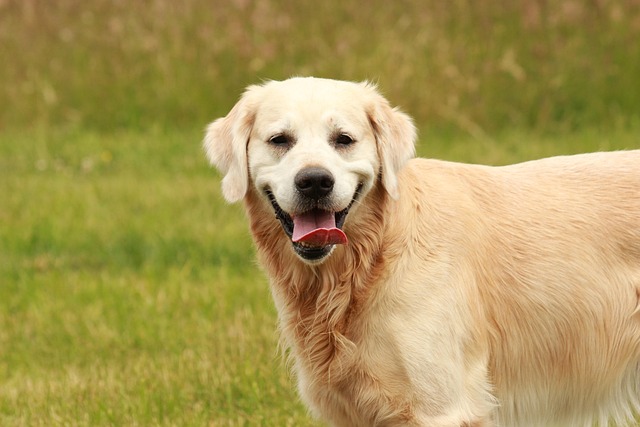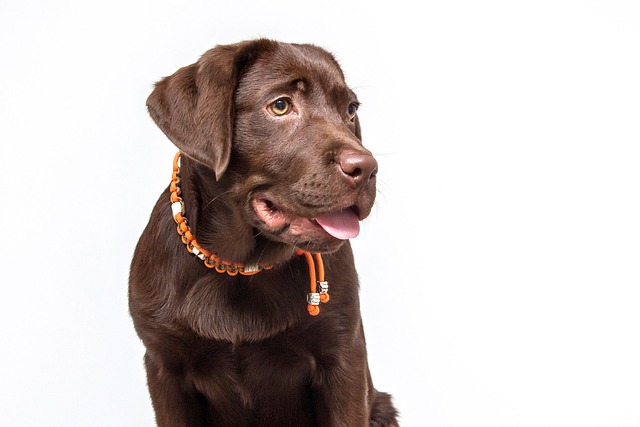
What are the three important Labrador training tips at home?
Labradors are smart, eager-to-please pups, but their boundless energy can turn into chewed cushions or jumping guests if home training isn’t consistent.
Labrador Retrievers are energetic, people-pleasing pups, but their boundless enthusiasm can lead to chewed shoes or jumping on guests if not guided right. Disciplining them isn’t about punishment—it’s about consistent, positive reinforcement that aligns with their friendly nature. Always keep local laws in mind, too; many areas require leashes in public parks, so using a sturdy leash during training doubles as compliance.
Start with simple commands like “sit” or “stay” when they’re calm, such as after a short walk. Use small, healthy treats—think bits of plain chicken or commercial dog treats—to reward them immediately when they follow. This builds trust and links good behavior to positive outcomes. Avoid yelling or physical correction; Labs are sensitive and may become anxious, which can lead to more unwanted behaviors like excessive barking.
Address unwanted habits quickly, but gently. If your Lab starts chewing on the couch, redirect them to a chew toy and praise them when they use it. For example, if you catch them mid-chew, say “no” in a firm but calm tone, then hand them their toy. This teaches them what’s acceptable without making them fear you. Also, check local regulations on noise—some neighborhoods have rules against constant barking, so training them to be quiet on command helps avoid issues.
 Consistency is key for Labs, who thrive on routine. Make sure everyone in your household uses the same commands and rewards so your pup doesn’t get confused. If one person allows jumping while another doesn’t, your Lab won’t understand the boundary. Try setting a regular training time each day, like 10 minutes after breakfast, to keep sessions short and effective—Labs have short attention spans, so brief, frequent training works better than long sessions.
Consistency is key for Labs, who thrive on routine. Make sure everyone in your household uses the same commands and rewards so your pup doesn’t get confused. If one person allows jumping while another doesn’t, your Lab won’t understand the boundary. Try setting a regular training time each day, like 10 minutes after breakfast, to keep sessions short and effective—Labs have short attention spans, so brief, frequent training works better than long sessions.
Socialization is part of discipline too. Take your Lab to dog parks (where allowed by law) or arrange playdates with other friendly dogs. This helps them learn how to interact appropriately and reduces hyperactivity around new people or pets. Always carry waste bags to clean up after them, as most areas have strict laws about pet waste—fines for not cleaning up can be steep, and it’s also a common courtesy for other park-goers.
Disciplining a Labrador Retriever takes patience, but it’s deeply rewarding. By focusing on positive reinforcement, following local laws, and sticking to a routine, you’ll raise a well-behaved, happy pup that fits right into your life. Remember, Labs want to make you proud—guide them with kindness, and they’ll quickly learn to be the best companion you could ask for.

Labradors are smart, eager-to-please pups, but their boundless energy can turn into chewed cushions or jumping guests if home training isn’t consistent.

So, you’ve got a new furry family member, and you’re finding yourself mopping the kitchen floor more than you’d like. Don’t worry, every dog owner has been there!

If you’ve just welcomed a new puppy or an adult rescue dog into your home, one of your first and most pressing questions is likely, "How long until they’re fully toilet trained?"

Labrador Retrievers are energetic, people-pleasing pups, but their boundless enthusiasm can lead to chewed shoes or jumping on guests if not guided right.

The idea of training your dog to use a human toilet often captures the imagination of new apartment dwellers—imagine, no more messy pee pads or last-minute trips

Labradors are some of the most loving dogs around, but their smarts and energy mean training needs to be intentional—not just random lessons here and there.